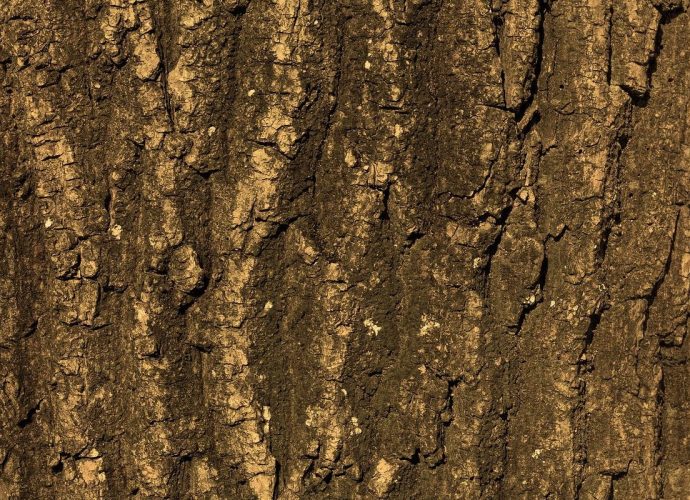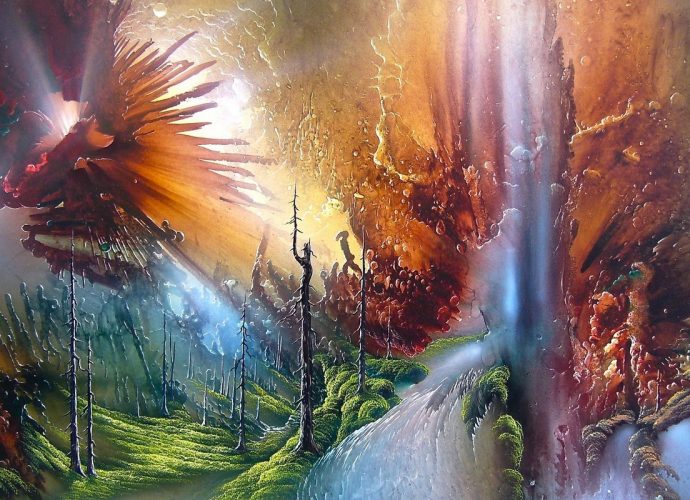Is A Water Wave Transverse Or Longitudinal?
The restoring force is surface tension, so every part of the wave that’s curvy has a force that is trying to make the surface less curvy. This creates waves that are mainly transverse. Surface wave is a name that usually decribes a typical ocean wave. Are water waves example ofRead More →





